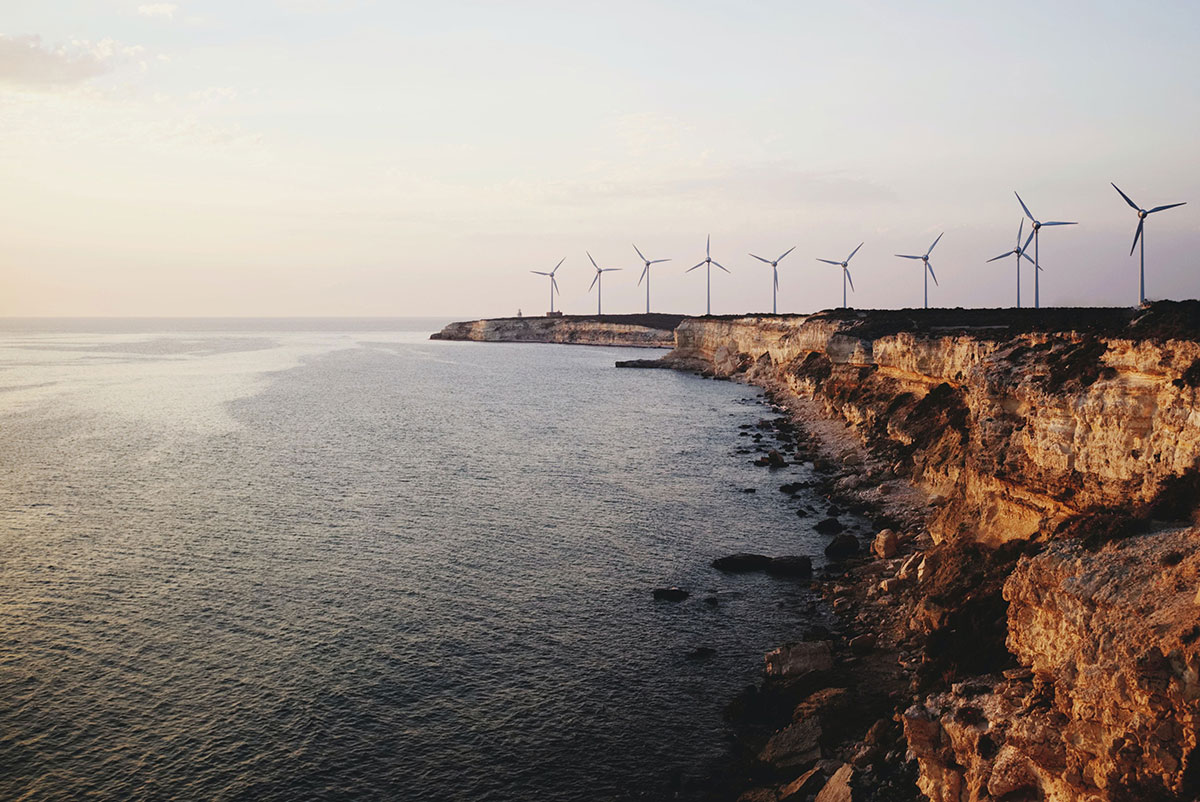Last week, the European Commission published its 2025 EU Blue Economy Report. The report presents the economic performance of the EU blue economy sectors and provides estimations of their economic performance.
It shows that the EU blue economy is on an upward trajectory, having generally recovered from the COVID-19 crisis. In 2022, it directly employed 4.82 million people, generated nearly €890 billion in turnover and accounted for €250.7 billion in gross value added (GVA). Estimates suggest that the EU blue economy sectors continued to grow in 2023, contributing €263 billion to the EU GVA and employing 4.88 million persons.
Strong increases in both GVA and employment could be observed in the maritime transport, renewable energy and coastal tourism sectors. Emerging sectors such as ocean energy, blue biotechnology, and desalination create new business opportunities and foster economic growth.
Coastal tourism remains the largest blue economy sector, generating 33% of the EU blue economy GVA and 53% of total EU blue economy’s employment in 2022.
The EU offshore wind energy sector is one the fastest growing sectors in the EU economy, with a 42% increase in GVA compared to 2021. This growth boosted the sector’s profits, which reached €4.1 billion in 2022.
The 2025 edition of the report puts special focus on the energy transition in EU maritime transport and the fishing fleet, as well as the potential of nature-based solutions against the impacts of climate change in EU coastal areas. Nature-based solutions provide opportunities to strengthen coastal protection and reduce the risks of flooding and coastal erosion. Their benefits are estimated to outweigh the costs by a factor of more than 3.5.
Access the report here and learn more here.


